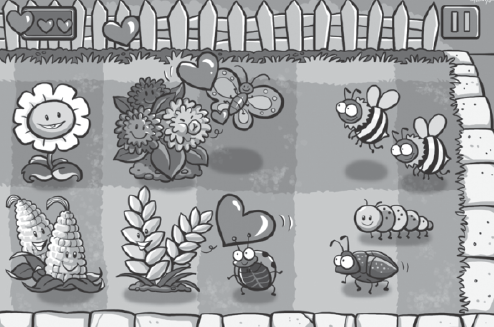 |
| Li Min / China Daily |
Scientists estimate that there are more than 400,000 species of plants on earth, at least half of which are edible for humans. Indeed, it is entirely possible that we are capable of eating 300,000 plant species. And yet we consume just a tiny fraction of that, about 200 plant species. Remarkably, a mere three crops - maize, rice, and wheat - account for more than half of the calories and proteins that we derive from plants.
Strangely, there have been few attempts to explain why we consume so few of the plant species that are possible to eat. Taste is not the answer. Nor is nutritional value. The plants we eat have been enhanced by generations of selection, in which farmers have favored those with the most palatability, the greatest nutritional value, and the highest yield. As much as one might hate broccoli, it is likely to be far tastier than most of the 300,000 alternatives. Wild plants taste like wild plants because they still are wild plants. But why is that?
In Guns, Germs, and Steel, the geographer and science writer Jared Diamond argues that the explanation for our limited menu lies within the plants themselves. Diamond argues that when agriculture was still in its infancy, our ancestors were remarkably efficient at identifying the very few species that were suitable for domestication - by which Diamond means not being poisonous.
The logic seems impeccable, and it is true that the vast majority of the planet's 400,000 plant species do contain chemicals (poisons) to defend themselves from grazing herbivores. But, unfortunately for Diamond's theory, many of our most important crops are also stuffed full of toxins, to the extent that if they were introduced today, they would most likely be banned for human consumption.
Examples include the tomato, its relative the potato, and many other root crops, such as cassava, which contains cyanide; taro, which is full of oxalates; and yams, which produce defense chemicals that mimic female hormones. Indeed, many of the plants we love to grow and eat, including chilies, mustard, horseradish, and wasabi, are attractive precisely because they are packed with potentially harmful chemicals.


 Stars of Lijiang River: Elderly brothers with white beards
Stars of Lijiang River: Elderly brothers with white beards
 Wealthy Chinese children paying money to learn British manners
Wealthy Chinese children paying money to learn British manners
 Military-style wedding: Fighter jets, grooms in dashing uniforms
Military-style wedding: Fighter jets, grooms in dashing uniforms
 Striking photos around the world: May 16 - May 22
Striking photos around the world: May 16 - May 22
 Robots help elderly in nursing home in east China
Robots help elderly in nursing home in east China
 Hanging in the air: Chongqing holds rescue drill
Hanging in the air: Chongqing holds rescue drill
 2.1-ton tofu finishes in two hours in central China
2.1-ton tofu finishes in two hours in central China
 Six things you may not know about Grain Buds
Six things you may not know about Grain Buds














